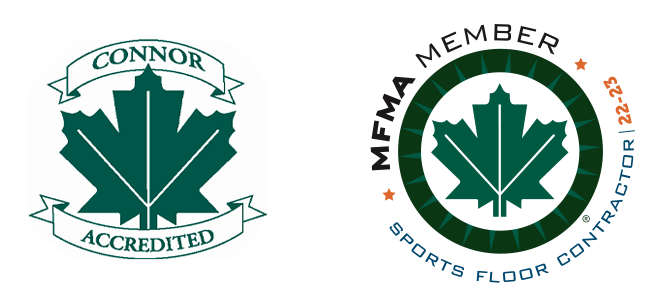Sickness vs Productivity
In northern climates, cold temperatures inevitably lead to sickness in staff members.
On a day to day basis, your staff is busy cleaning buildings to prevent visitors or residents from coming down with the flu or other contagious illnesses. But what if they themselves are coming to work sick?
They may be unwittingly contributing to the problem as the onset of an illness may not manifest fully while still being very contagious. No doubt your staff is made up of dedicated workers who don’t let a few sniffles stop them. They shrug it off, take one for the team and simply get to work
Assessing the Problem
How bad should symptoms be to keep them home? To answer that question, follow these guidelines from Keck Medicine of USC to help your employees make the best decision regarding sick days:
- Runny nose/cough: If you have a runny nose without aches or fever, you’re probably experiencing allergies or irritation rather than a viral infection and it’s fine to go to work. But if your runny nose contains thick, yellow, or green mucus, you are fighting an infection and should stay home.
- Sore throat: If your sore throat is accompanied by a headache and/or you see white patches on your tonsils, you could have strep throat. Stay home and call your doctor, as you might need an antibiotic.
- Fever: A temperature higher than 100.4 degrees Fahrenheit is a strong indication for infection, and perhaps the flu. Stay home and call the doctor. Many companies have policies that employees stay home until they have been fever-free for 24 hours.
- Sinus pressure or pain: Nasal congestion with sinus or facial pain suggests a sinus infection. As viral infections are often contagious, it’s best to stay home. If your symptoms persist longer than one week—or if you have severe facial pain, teeth/jaw pain, or fever—you may have a bacterial infection and should consult your doctor.
Sickness by profession
In terms of the overall impact of sick days on business and productivity the effects are significant. According to a Labour Force Survey from 2016, 137.3 million working days were lost to sickness.
The professions that have the highest rate of absence due to sickness can also be established. The occupation groups with the highest absence rates due to sickness:
- Elementary occupations — 2.7%
- Caring, leisure and other service occupations — 2.7%
- Process, plant and machine operatives — 2.4%



